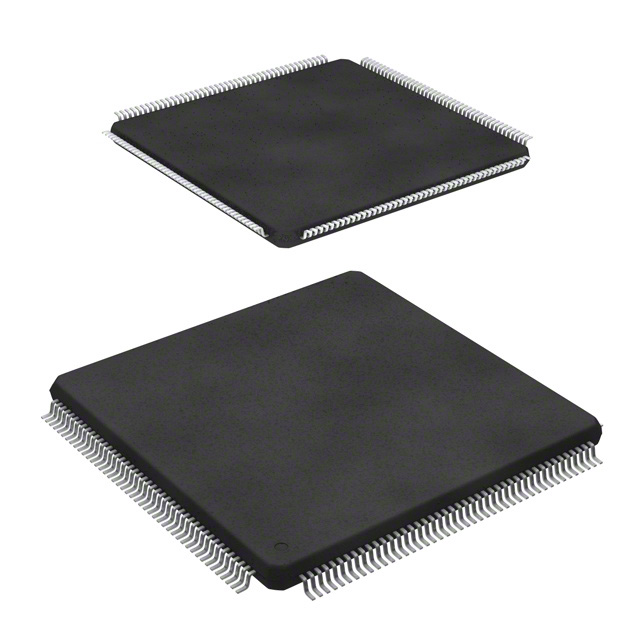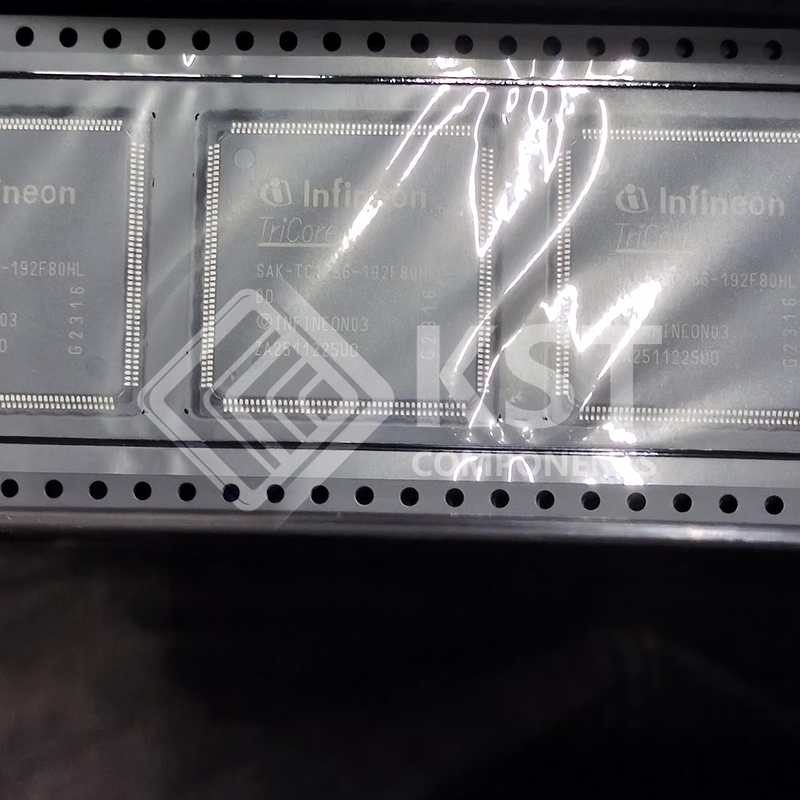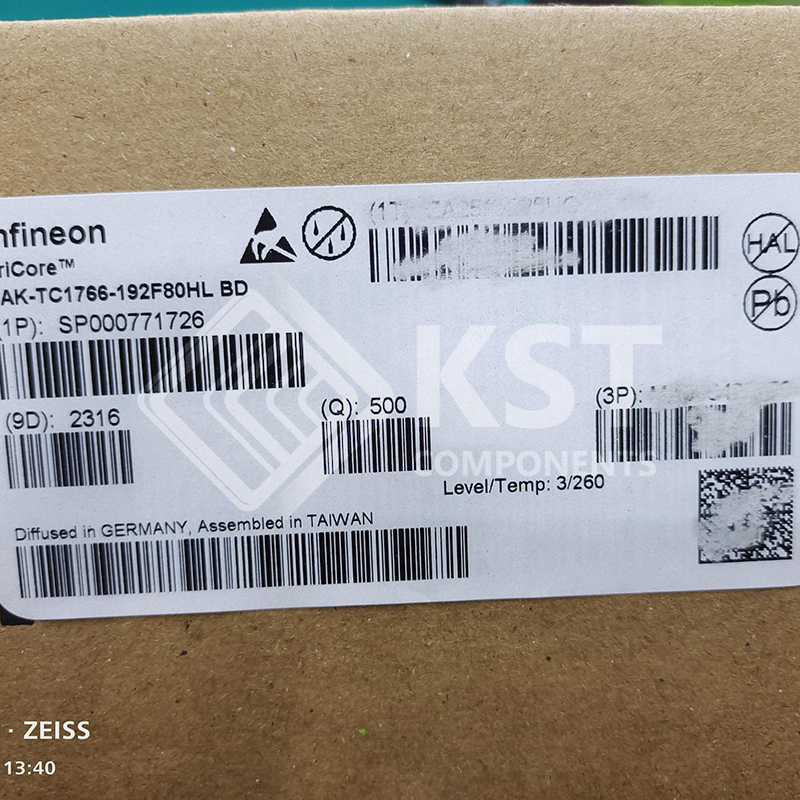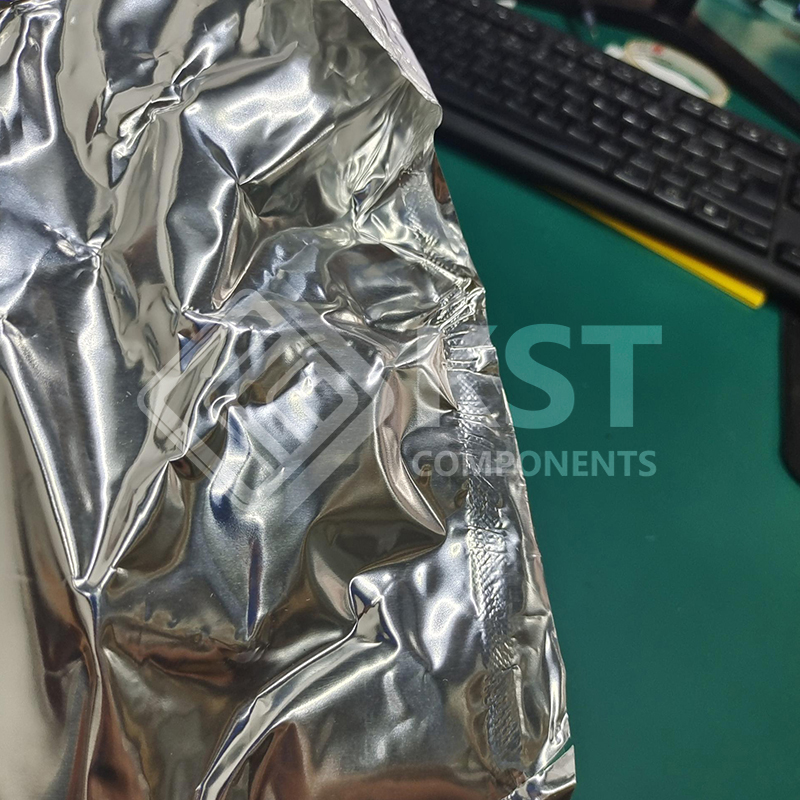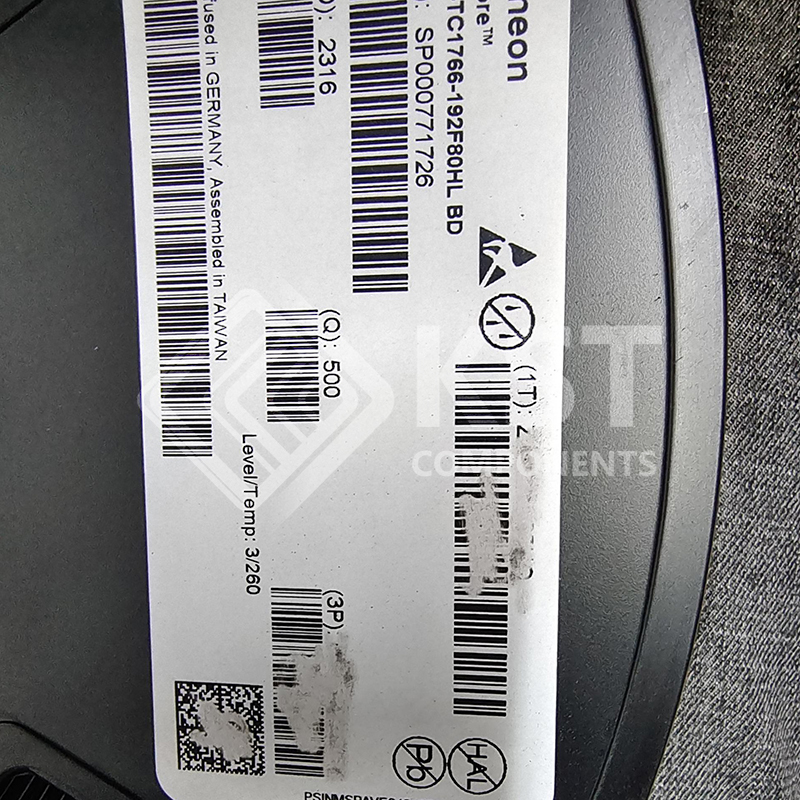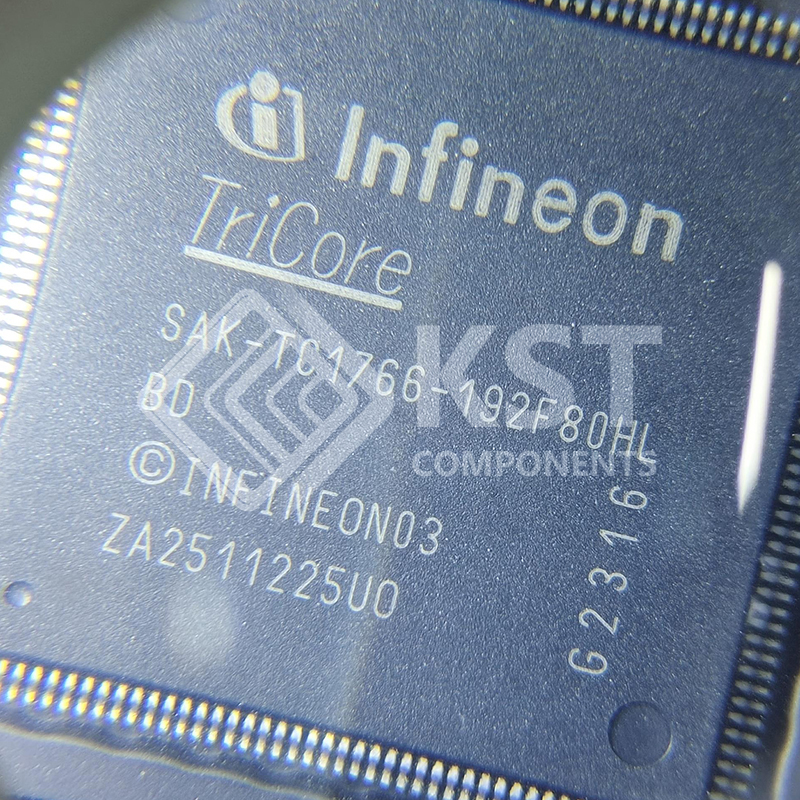The TC1766 has the following features:
• High-performance 32-bit super-scaler TriCore v1.3 CPU with 4-stage pipeline
– Superior real-time performance
– Strong bit handling
– Fully integrated DSP capabilities
– Single precision Floating Point Unit (FPU)
– 80 MHz operation at full temperature range
• Peripheral Control Processor with single cycle instruction (PCP2)
– 8 Kbyte Parameter Memory (PRAM)
– 12 Kbyte Code Memory (CMEM)
• Multiple on-chip memories
– 56 Kbyte Local Data Memory (SRAM)
– 8 Kbyte Overlay Memory
– 16 Kbyte Scratch-Pad RAM (SPRAM)
– 8 Kbyte Instruction Cache (ICACHE)
– 1504 Kbyte Program Flash (for instruction code and constant data)
– 32 Kbyte Data Flash (e.g. 4 Kbyte EEPROM emulation)
– 16 Kbyte Boot ROM
• 8-channel DMA Controller
• Fast-response interrupt system with 2 x 255 hardware priority arbitration levels
serviced by CPU or PCP2
• High-performance on-chip bus structure
– 64-bit Local Memory Bus (LMB) to Flash memory
– System Peripheral Bus (SPB) for interconnections of functional units
• Versatile on-chip Peripheral Units
– Two Asynchronous/Synchronous Serial Channels (ASCs) with baudrate
generator, parity, framing and overrun error detection
– Two High Speed Synchronous Serial Channels (SSCs) with programmable data
length and shift direction
– One Micro Second Bus (MSC) interface for serial port expansion to external power
devices
– Two high-speed Micro Link Interfaces (MLIs) for serial inter-processor
communication
– One MultiCAN Module with two CAN nodes and 64 free assignable message
objects for high efficiency data handling via FIFO buffering and gateway data
transfer
– One General Purpose Timer Array Module (GPTA) with a powerful set of digital
signal filtering and timer functionality to realize autonomous and complex
Input/Output management
– One 16-channel Analog-to-Digital Converter unit (ADC) with selectable 8-bit, 10-
bit, or 12-bit, supporting 32 input channels



